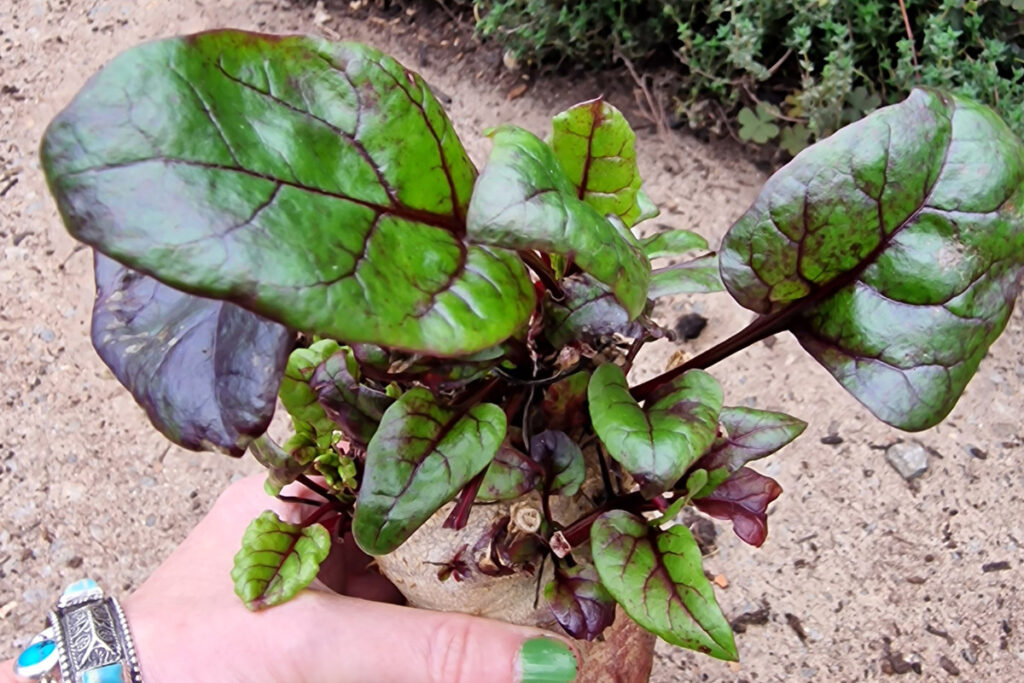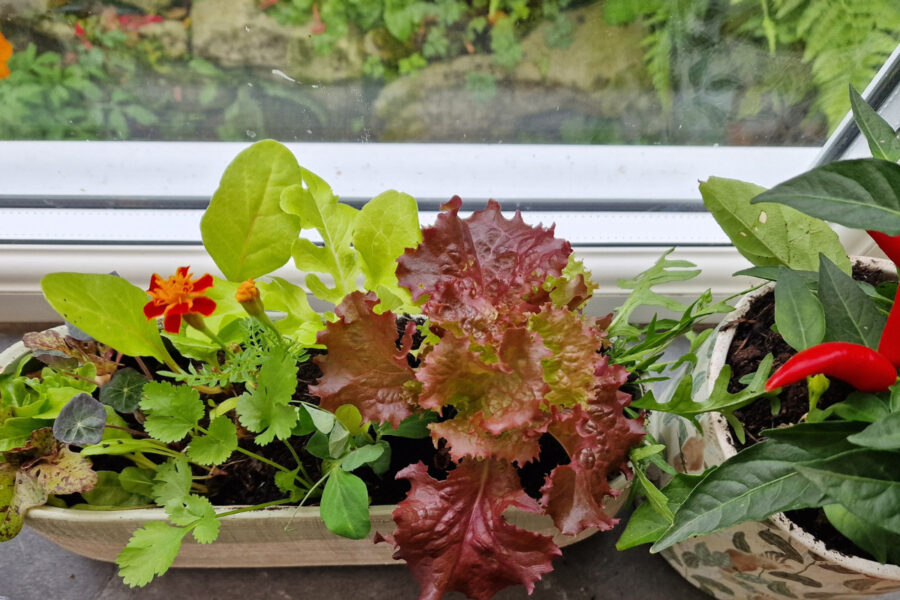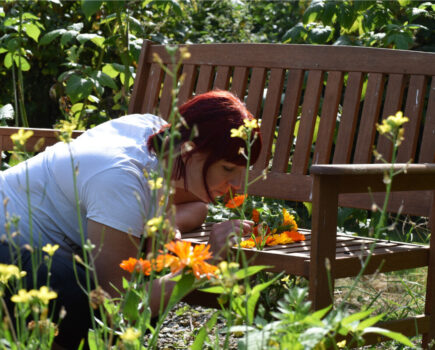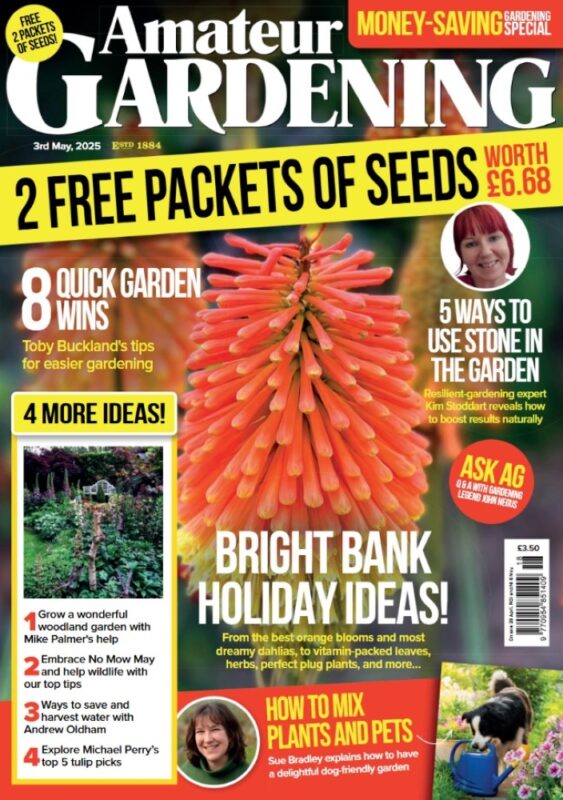Editor and eco-expert Kim Stoddart outlines some more creative ways to bring the outdoors in this winter
In the last issue I wrote about some of the lovely varieties of pick-and-come-again leaves and lettuce available for indoor growing and picking all winter long. I had a lovely response to this, with readers asking for more information about what else can be grown, and how to go about it.
So this issue I’m going to offer up some more creative inspiration and growing ideas to help bring some grow-your-own taste and excitement to your home over the weeks and months ahead.
Exciting salad garden

Let’s start with a wider look at some of the luscious leaves that can be reliably grown as, in my humble opinion, salad should be sensational and full of flavour and variety at any time of the year. I generally grow pick-and-come-again types of lettuce as a salad base and add the likes of rocket, nasturtium, pea shoots, chive, baby brassica leaves and parsley. By planting them all together you have a productive salad garden all-in-one for quick edible rewards.
As plants grow bigger and start to spread, keep picking them because the more you do so, the more leaves will appear. When you spot salad leaves starting to deteriorate in quality, such as developing yellow leaves, then consider replacing them with younger plants. Also have a go at planting them on elsewhere to further grow and spread. Waste not, want not as they say.
This is an easy and incredibly rewarding indoor growing project which doesn’t take up a lot of space and you can have fun getting creative with your choice of indoor planter in the process.
Grow mushrooms


Start with a mushroom growing kit before moving on to further home-growing opportunities
There are lots of wonderful mushroom growing kits available to buy, and this is a good place to start with your fungi growing adventures. I would also recommend starting with oyster mushrooms as they are the best entry level variety to work with, mainly because they grow on many different materials in many different ways, which makes them the most reliable. Starter kits generally work with wood chip, straw or coffee and if you follow the instructions they will then delight you with a flush or two of fresh mushrooms.
The fun doesn’t stop there, as after this you can start to broaden your mushroom growing experiences using the mycelium that is left behind (the white spongey material). This has only run out of growing medium and needs feeding, and once you’ve done that it can grow on and produce more mushrooms (the fruiting body).
To do this, simply break your mycelium into a few pieces and then spread them throughout your growing medium of choice. The easiest to work with are fresh coffee grounds, wood chip and cardboard (although these mushrooms will also grow on everything from denim to compost). There are whole books on the topic but, in brief, coffee is a nice material as it’s already sterilised through the heating process. You do need a lot of coffee so be warned, but coffee shops often have grounds to spare at the end of the day, so a regular supply without putting too much pressure on your home caffeine drinking quota is a feasible option
Further tip
Some form of cover is advisable to help keep out any house flies.
Baby beetroot and roots

These are good for the heart in so many ways and can be reliably grown indoors if you start quickly now from seed. Don’t expect super-sized roots, but sweeter bulbs are perfectly achievable and the lovely spinach-like leaves can be harvested also as they grow.
Another option is to bring inside any leftover raggedy roots and grow them on for leaves as houseplants. Larger beetroot can provide bumper leaf harvests this way. You can also grow baby carrots and radish indoors if you have the space to work with. Do bear in mind that deeper trays will be essential for carrots.


Plants with zest

From lemons and limes (which prefer cooler conditions in the home), to overwintered lemon verbena, coriander leaves and (if your home is warm enough) basil, these can also still thrive.
In the case of citrus, you’ll have to wait until spring for any fruit harvests, but the lime leaves can be enjoyed as a welcome culinary ingredient in the meantime (just don’t take too many).
For the zesty herbs, smaller is better in size (so think more micro herbs) to help them cope with the colder nights inside.
Microgreens

There are many exciting choices here and you don’t need a lot of room for your indoor green garden. As the plants get larger after repeated pickings I would recommend expanding your growing opportunities by planting them on and finally outside to enable them to further grow and produce.
Just some of the leaf options available include spinach, Pak Choi, Swiss chard and kale – in fact any brassica seed you have to hand will work for these baby pickings.
Find more tips, advice and articles like this at the Amateur Gardening website. Subscribe to Amateur Gardening magazine now





